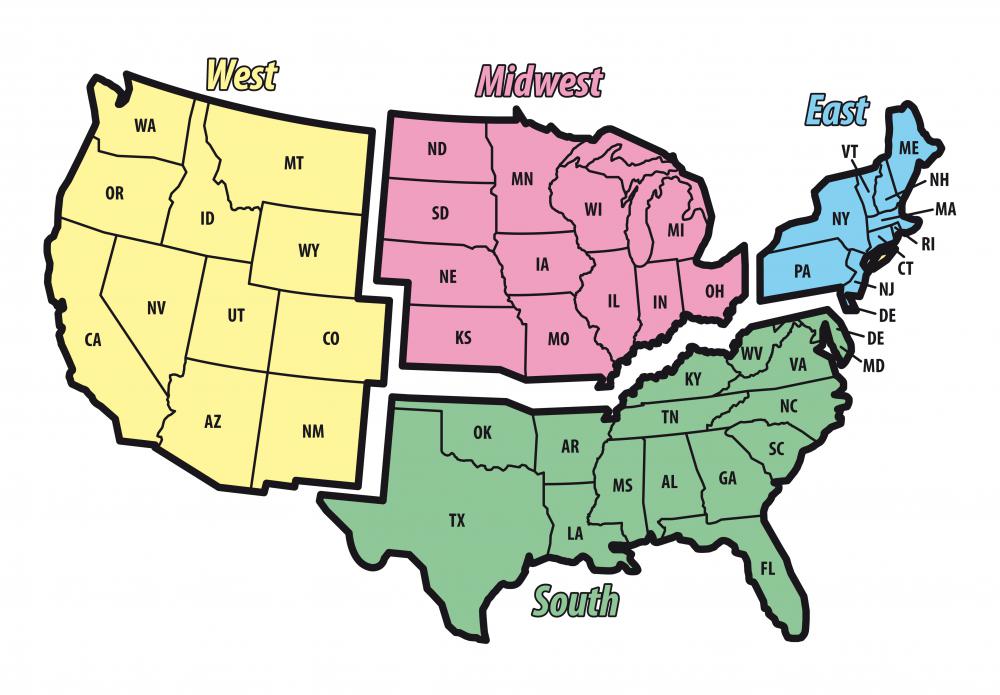At AllThingsNature, we're committed to delivering accurate, trustworthy information. Our expert-authored content is rigorously fact-checked and sourced from credible authorities. Discover how we uphold the highest standards in providing you with reliable knowledge.
What is a Coachwhip Snake?
The coachwhip snake, Masticophis flagellum (M.f.), is part of the Colubridae family. The snakes in this species have narrow, elongated bodies with heavy scales over their rounded eyes. They range in size from around 3 feet (0.9 m) to well more than 8 feet (2.4 m) in length. Coachwhip snakes vary in appearance depending on the subspecies and geography.
The red coachwhip snake, M.f. piceus, inhabits deserts, sagebrush and grasslands in southern California, Arizona and Nevada. The front halves of their bodies are often red, pink or black. Some have wide black or brown crossbands. The color gradually grows lighter toward the tail. They are good climbers and can climb into shrubs and trees.

Eastern coachwhip snakes, M.f. flagellum, are found along beaches, in scrublands or around sand hills in the southeastern United States. Their dark brown or black heads gradually fade into light tan scales with black outlines, giving them the appearance of a braided whip. Juvenile eastern coachwhips are somewhat lighter in color than the adults, with brown or tan scales and indistinct banding.

Western coachwhips, M.f. testaceus, live in deserts, scrub and grasslands across Mexico and the southwestern United States. They vary in color from pink to yellow, brown or tan. Many western coachwhips have short, dark crossbands on the front of their bodies that become wider toward the tail.
Other coachwhip snake varieties include the Sonoran coachwhip, M.f. cingulum, a snake from southern and central Arizona and Mexico. It has a light pink body with dark bands. Baja California coachwhips, M.f. fuliginosus, are light or dark gray with zigzagged banding, while lined coachwhips, M.f. lineatulus, are tan or gray snakes that mainly inhabit Mexico and New Mexico.

Coachwhip snakes eat by crushing their prey in their jaws. They feed on a variety of large insects, lizards, birds and rodents. Unlike many species of snakes, coachwhips are diurnal, or awake during the day. They have a tendency to bask on roads and feed on roadkill, so they are often killed by oncoming traffic.
They are oviparous, or egg-layers. They lay clutches of between three and 12 eggs in early summer. The young snakes hatch between 45 and 70 days later.
Members of the coachwhip snake species are generally high-strung and nervous. They warn those approaching by vibrating their tails and hissing. They are fast-moving and prefer to flee rather than strike, but will defend themselves aggressively against perceived predators if they are disturbed. Coachwhips are non-venomous, but they can deliver a painful bite if handled.
Frequently Asked Questions
What is a Coachwhip Snake?
The Coachwhip Snake, also known as Masticophis flagellum, is a nonvenomous snake species native to the United States. It is characterized by its long, slender body and speed. The snake's coloration can vary, but it often resembles the braided look of a whip, which is how it got its name.
Where can you find Coachwhip Snakes?
Coachwhip Snakes are commonly found throughout the southern United States, from California to Florida. They inhabit a range of environments including deserts, prairies, and open woodlands. Their adaptability allows them to thrive in various climates, as long as there is adequate shelter and prey.
What do Coachwhip Snakes eat?
Coachwhip Snakes are carnivorous and have a diet that primarily consists of small mammals, birds, lizards, and other snakes. They are active hunters, known for their speed and agility, which they use to chase down and overpower their prey before consuming it whole.
How do Coachwhip Snakes behave?
Coachwhip Snakes are diurnal, meaning they are active during the day. They are known for their curious nature and will often investigate disturbances within their territory. When threatened, they may flee quickly or stand their ground and may vibrate their tails in dry leaves to mimic a rattlesnake as a defense mechanism.
Are Coachwhip Snakes dangerous to humans?
Coachwhip Snakes are not considered dangerous to humans as they are nonvenomous and typically avoid human interaction. If cornered or captured, they may bite in self-defense, but their bites are not harmful beyond the possibility of minor scratches or infection, which is rare.
How do Coachwhip Snakes reproduce?
Coachwhip Snakes are oviparous, meaning they lay eggs. Mating occurs in the spring, and females lay clutches of 4 to 24 eggs in the summer. The eggs hatch after about two to three months, and the young are independent from birth, receiving no parental care. They reach sexual maturity in a few years.
AS FEATURED ON:
AS FEATURED ON:













Discuss this Article
Post your comments